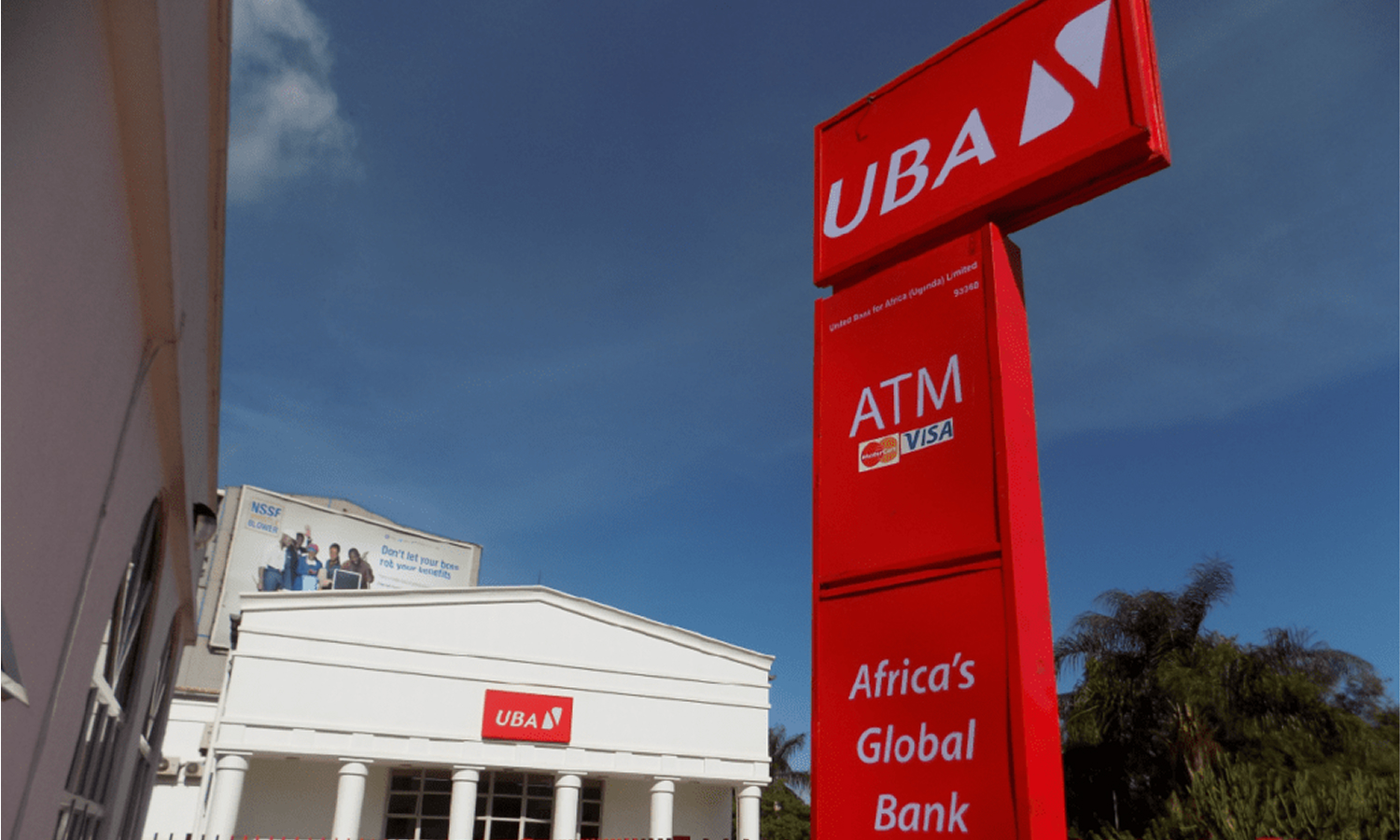
Banking Sector Reform In Nigeria, Nigeria’s banking and insurance sectors were fragmented, undercapitalised, and prone to instability. The banking industry had over 80 banks, many of which were small, weak, and unable to support large-scale economic activities. Poor corporate governance, weak risk management practices, and limited oversight often led to distress, with frequent cases of bank failures and loss of depositor funds.
Similarly, the insurance industry struggled with low capitalisation, poor claims settlement culture, and public distrust. The absence of strong regulatory enforcement and the prevalence of fraudulent practices eroded confidence in the sector. Both industries were ill-prepared to drive economic growth, attract foreign investment or protect consumers effectively.
There was a pressing need for reform to strengthen the financial system, restore confidence and position Nigeria’s banking and insurance sectors as engines of economic development.




The Reform Process
To address these challenges, the Nigerian government, through the Bureau of Public Enterprises (BPE), in collaboration with the Central Bank of Nigeria (CBN) and the National Insurance Commission (NAICOM), implemented sweeping reforms. Key steps in the reform process included:
Recapitalisation and Consolidation
- Banking: Minimum capital requirement for banks increased from ₦2 billion to ₦25 billion in 2004, prompting mergers and acquisitions that reduced the number of banks from 89 to 25 (later to 24).
- Insurance: Recapitalisation raised minimum capital for life, general, and composite insurers to strengthen their balance sheets.
Privatisation of Government-Owned Financial Institutions
- The BPE facilitated the privatisation of state-owned banks and insurance companies, including Union Bank, Afribank and NICON Insurance, attracting private investment and improving efficiency.
Regulatory Strengthening
- Enhanced supervisory frameworks for prudential reporting, risk-based supervision, and corporate governance.
- Introduction of stricter solvency and liquidity requirements in insurance operations.
Technology and Payment System Modernisation
- Adoption of electronic banking systems, interbank settlement platforms, and digital payment innovations.
Market Liberalisation
- Opening the sectors to foreign investors and strategic technical partners to enhance competitiveness and innovation.

The reforms in Nigeria’s banking and insurance sectors have transformed them from fragmented, weak and unstable systems into more resilient, investor-friendly industries. Through recapitalisation, privatisation, consolidation and regulatory strengthening, the Bureau of Public Enterprises played a key role in laying the foundation for a more stable financial system capable of supporting Nigeria’s long-term economic growth.

